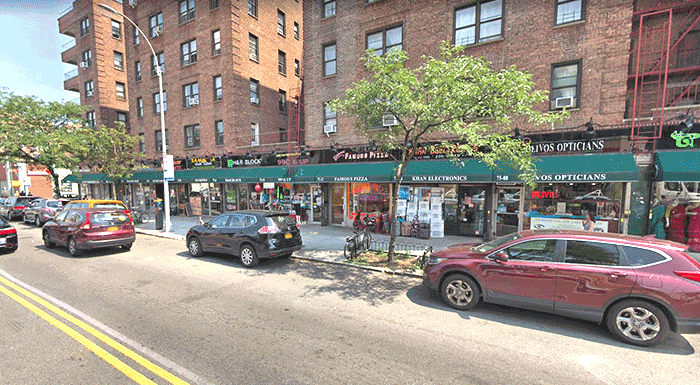File Photo
“DCP’s research shows that the reasons for storefront vacancies are complex and varied and that solutions must be nuanced and targeted—or we may do more harm than good,” said DCP Director Marisa Lago.
By Forum Staff
The retail industry is changing rapidly across the five boroughs and the country; vacancy rates are volatile, vary from neighborhood to neighborhood and street to street, and cannot be explained by a single factor; and vacancy is concentrated only in certain neighborhoods and is influenced by local and citywide market forces and spending patterns, according to a new report by the Department of City Planning.
According to DCP, “Assessing Storefront Vacancy in NYC” offers a “detailed exploration of recent retail trends and storefront vacancies in New York City in the context of shifting technology, economic forces, and consumer preferences.” It also explores how the retail industry is changing, and found that both e-commerce spending and brick-and-mortar spending are increasing nationwide. While many New Yorkers are increasingly purchasing dry goods online, restaurants, bars, local services like salons, and new models of retail (pop-ups, escape rooms, bookstore cafes, “omni-channel” providing online and in-store offerings) are growing across the five boroughs.
DCP officials characterized the new analysis as “the most data-driven, in-depth look at these issues to date,” noting that the study surveyed shopping corridors in 24 neighborhoods across the five boroughs, including Astoria, Jackson Heights, and Laurelton in Queens.
Across the 24 study areas, DCP analyzed 10,000 storefronts using third-party data based on on-the-ground surveys. Looking at trends from late 2017 through fall 2018, the study also used demographic, land use and real estate data, and input from local business associations.
According to DCP, a 5-10 percent vacancy rate is generally considered to be “healthy” by the industry, though rates can fluctuate over time. During the time period studied, the neighborhoods with the lowest vacancy rates were Jackson Heights (5.1 percent), New Dorp/Staten Island (6.7 percent), Kingsbridge/Bronx (7.8 percent), Morris Park/Bronx (8.1 percent) and Laurelton (8.3 percent). These neighborhoods, generally in areas farther from Manhattan, appeared to benefit from solid customer bases and little market volatility, DCP officials indicated.
The study also found that shopping corridors with moderate-to-high vacancy rates are shaped by very different causes. While high rents are often viewed as the reason for retail vacancies, the study found that many additional factors—such as local customer base, transit access, building types, active or planned construction, zoning regulations, and challenges of operating a small business—also influence vacancy rates.
DCP officials also posited that the city’s shopping corridors “are central to its vitality, and the City should continue to monitor trends, identify ways to support small business, and ensure that any policies created to shape storefront uses are adequately flexible to allow businesses to adapt easily in order to meet our neighborhoods’ diverse and changing conditions.
“In an ever-changing city where neighborhood shopping is an important facet of urban life, it’s crucial that we put as much reliable data as possible into the hands of business owners, residents, policy makers and elected officials. DCP’s research shows that the reasons for storefront vacancies are complex and varied and that solutions must be nuanced and targeted—or we may do more harm than good. And, encouragingly, our research also reveals that many community shopping districts are thriving,” said DCP Director Marisa Lago.

